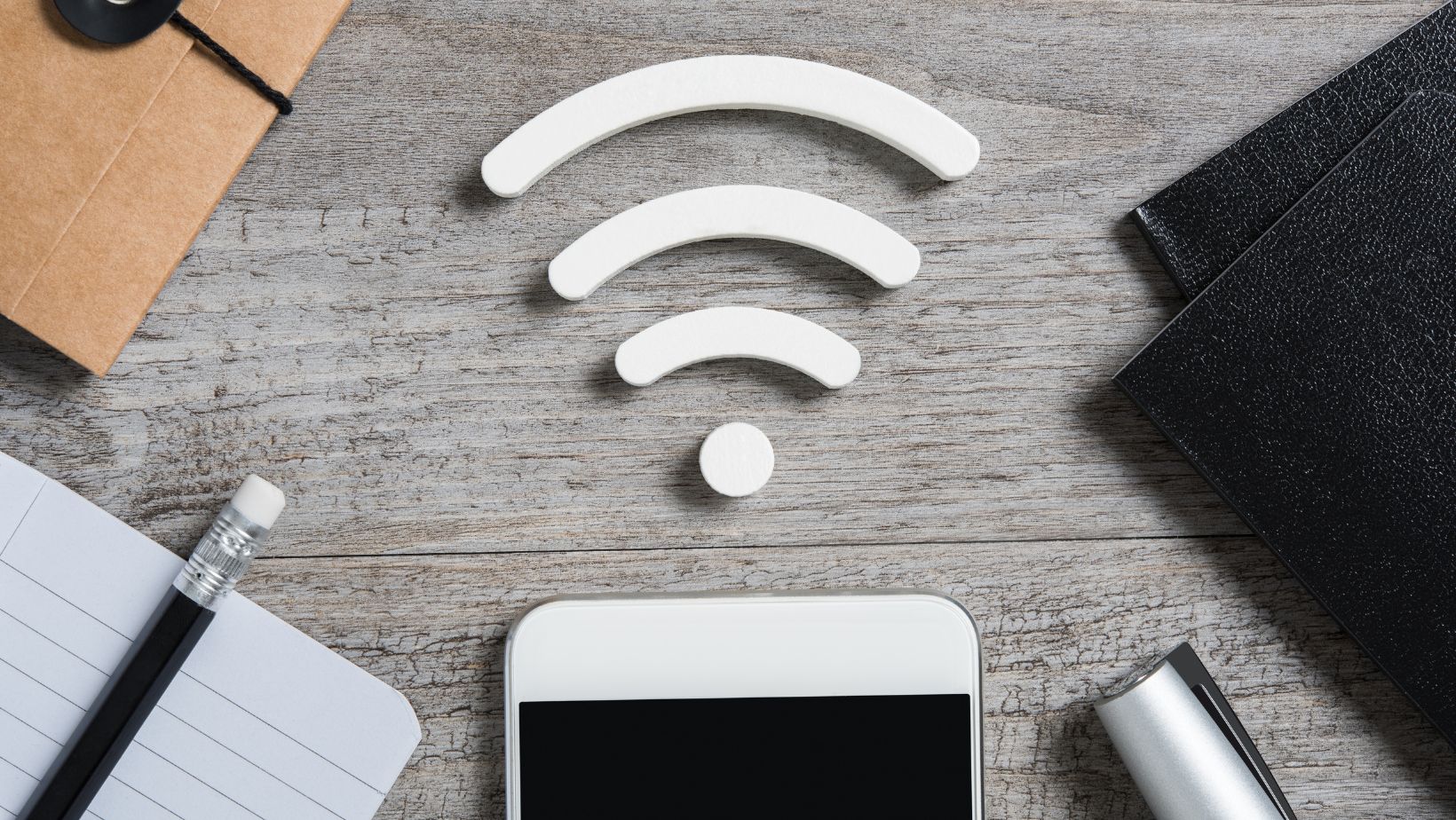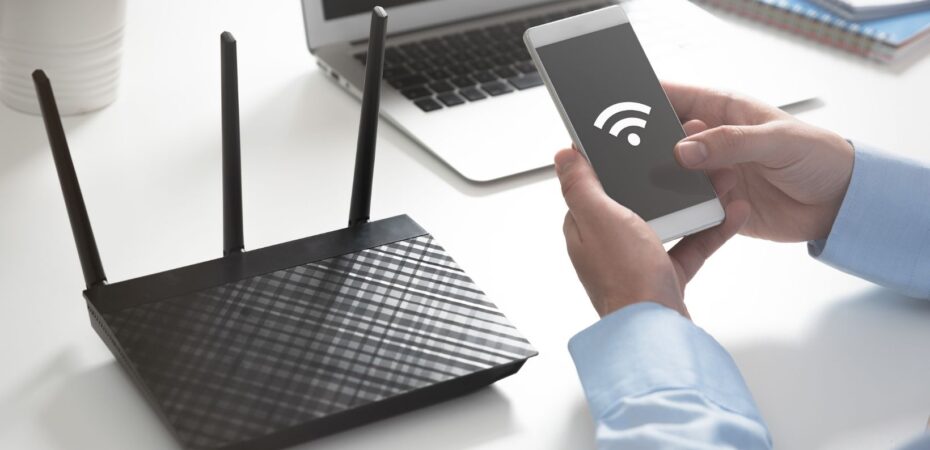If Someone is Using Your Hotspot Can They See What Your Doing
Have you ever wondered if someone can see what you’re doing when they are using your hotspot? It’s a common concern, especially when we rely on public Wi-Fi or share our personal network with others. In this article, I’ll shed some light on whether or not someone can see your online activities when connected to your hotspot.
When it comes to using a hotspot, the short answer is yes, it is possible for someone connected to your hotspot to see what you’re doing. However, there are certain factors that come into play. Firstly, it depends on the level of security and encryption protocols implemented by your hotspot device. If you have taken the necessary steps to secure your network with strong encryption (such as WPA2), it greatly reduces the chances of unauthorized access and snooping.
Furthermore, even if someone manages to connect to your hotspot and intercepts the data being transmitted, they would still need additional skills and tools to decrypt and understand the information. This adds an extra layer of protection against prying eyes. Nonetheless, it’s important to keep in mind that no security measure is foolproof, and skilled hackers may still find ways to exploit vulnerabilities.
In conclusion, while it is technically possible for someone connected to your hotspot to see what you’re doing online, implementing strong security measures can significantly reduce this risk. It’s always advisable to use trusted networks whenever possible and avoid accessing sensitive information over public hotspots. Stay vigilant about updating your devices’ software and regularly check for any suspicious activity on your network.
How Hotspot Works
How Does a Hotspot Work?
A hotspot is a wireless access point that allows devices to connect to the internet using Wi-Fi technology. It acts as a bridge between your device and the internet, providing you with internet connectivity on the go. When you enable the hotspot feature on your smartphone or other compatible device, it essentially turns that device into a mini-router.
To create a hotspot, your device uses its cellular data connection (such as 4G or 5G) to establish an internet connection. It then broadcasts this connection as a Wi-Fi network, allowing other devices within range to connect and access the internet through it. This means that any device with Wi-Fi capabilities can connect to your hotspot and enjoy online activities like browsing the web, streaming videos, or checking emails.

Can Others See What You’re Doing on Your Hotspot?
When you share your hotspot with others, they can indeed see what you’re doing on their devices connected to your network. However, it’s important to note that they won’t be able to see exactly what websites you’re visiting or what content you’re viewing unless they have specialized tools or software installed.
While connected to your hotspot, other users will only be able to see general information about the data being transmitted between their devices and the internet. They might be able to see things like which apps are being used and how much data is being consumed but not specific details of those activities.
It’s worth mentioning that if you’re accessing secure websites using HTTPS encryption (indicated by a padlock symbol in most browsers), the information exchanged between your device and those websites is encrypted. This means that even if someone were monitoring the network traffic generated by your hotspot, they wouldn’t be able to decipher any sensitive information such as login credentials or personal data.
Protecting Your Privacy on a Hotspot
While sharing your hotspot with others provides them with convenient internet access, it’s important to take steps to protect your privacy and ensure a secure connection. Here are some tips to help safeguard your data:
- Use a strong password for your hotspot network to prevent unauthorized access.
- Regularly update the firmware on your device to fix any security vulnerabilities.
- Avoid accessing sensitive information or performing financial transactions while connected to public hotspots, as they may not be secure.
- Consider using a virtual private network (VPN) when connecting to public hotspots. A VPN encrypts your internet traffic, making it more difficult for others to intercept and view your online activities.
By following these best practices, you can enjoy the convenience of sharing your hotspot while keeping your personal information and online activities more secure.


 By
By 




